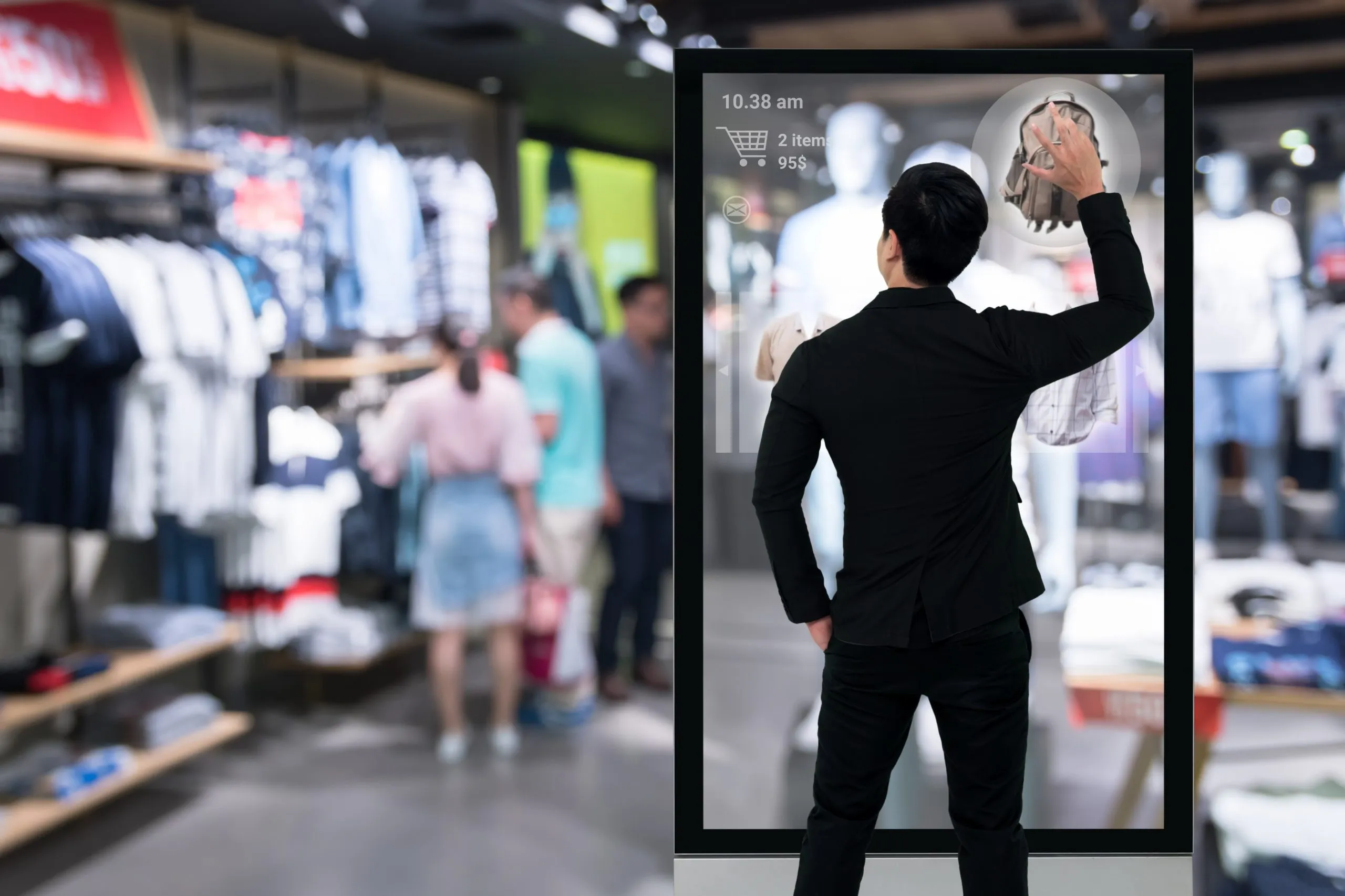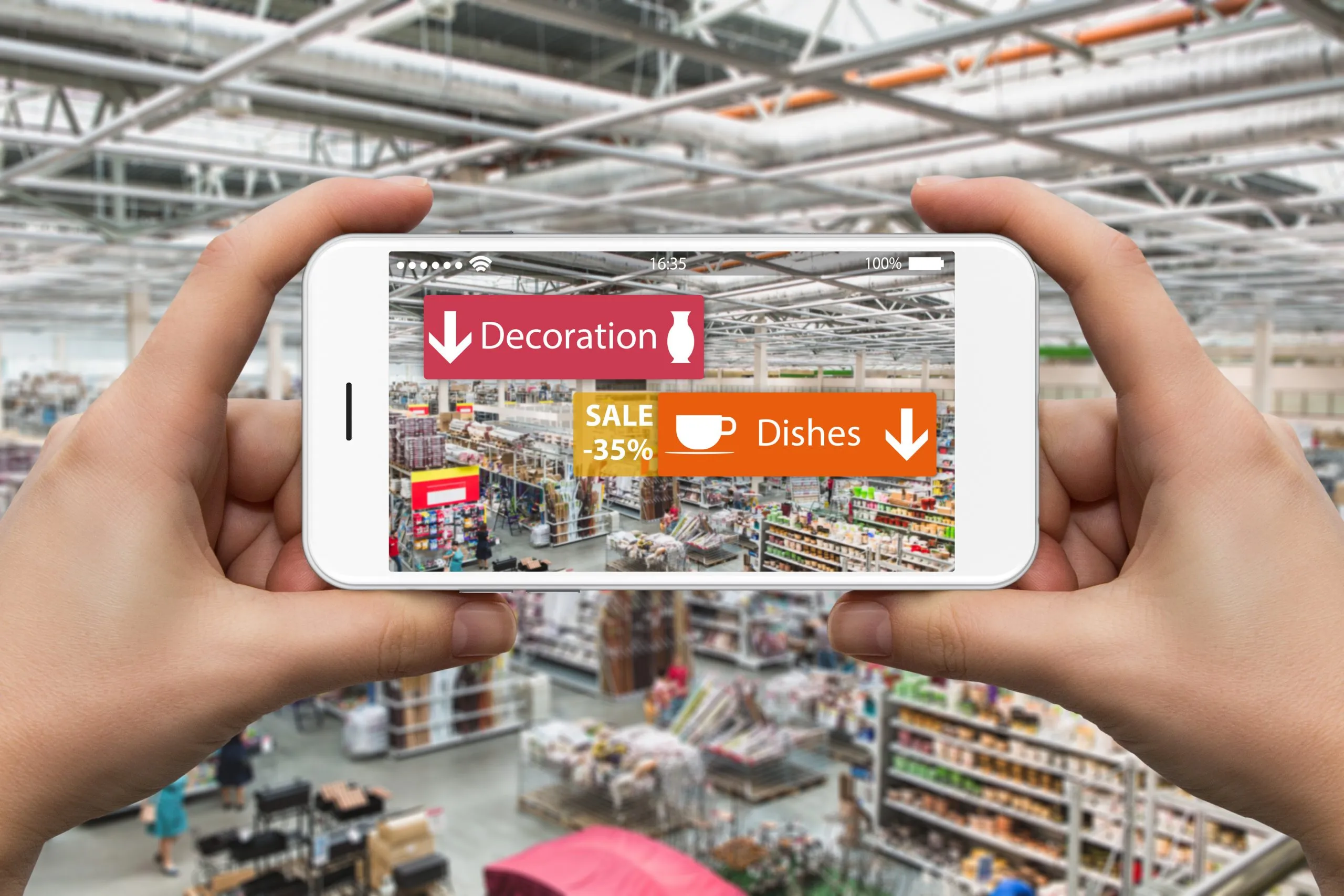How AR Improves Customers’ Retail Experience

From an enjoyable shopping experience to skipping the dreaded dressing room line, augmented reality is improving the way people shop in-person for good. Despite e-commerce’s growth rate, people are still interested in shopping as long as they are treated right.
From an enjoyable shopping experience to skipping the dreaded dressing room line, augmented reality is improving the way people shop in-person for good. Despite e-commerce’s growth rate, people are still interested in shopping as long as they are treated right. Luckily, augmented reality companies are all for helping the modern consumer cultivate great relationships with great brands.
Experience the Product with no Commitment
Augmented Reality development allows customers to view and interact with products that they wish to buy. They no longer have to purchase the product, bring it home, and decide whether they want to return it.
IKEA has been excelling at using augmented reality apps to elevate their customers’ shopping experience. With no need to travel in store, or grab a measuring tape, they offer the convenience of finding the perfect furniture with little to no work.

Although improving in-store navigation might not mean more money for businesses immediately, it pays off in the long run since customers are 72% more likely to spend money for the experience – not just the product.
Your augmented reality app development team will make sure your augmented reality applications are designed to suit your goals, so that you can get the most bang for your buck.
Immersive Shopping
A Starbucks flagship Roastery in Shanghai has implemented AR by offering new and exciting ways to interact with the brand. From games to educational experiences about the brand itself, it’s showing customers that they aren’t just interested in selling to them.
Self-Serve vs. Traditional Shopping
Did you know that 67% of people prefer self-service options rather than speaking to a representative or employee? Augmented reality feeds on that preference by making the retail experience more self-served than ever before.
Customers can gather information on products quickly and easily using AR – see Patrón and American Apparel’s take on the experience – without having to ask an employee. Sometimes, you’re looking for the answers to questions that are too awkward to ask an employee. AR is the solution.
Remove Uncertainty
Brazilian retailer C&A is using AR to grab customers attention and increase desire in their products. They do this by displaying the amount of positive social media interactions a product has received, since 83% of people are more likely to buy something if it is recommended to them by others.
Make it an Enjoyable Experience
Many brands, like Heinz, include some form of immersive interaction with their products. This leaves a good impression on the customer and adds value to the product itself.
AR Post-Purchase Support
The shopping experience is not over once the customer buys the product. There is still a chance for frustration, which can lead to the loss of a future costumer. To avoid this and offer the most interactive post-purchase aid, IKEA had used AR in place of their physical building manuals.

Using a smartphone, customers can get through the pesky act of building IKEA furniture without any resentment towards the company. The app makes it easier to visualize building a piece of furniture and saves paper.
Virtual Technical Support
Companies like Hyundai are using AR to provide technical support to their customers, diminishing the need for a physical copy of a owner’s manual. This implementation of AR, and companies’ ability to create effective augmented reality designs, leaves little to no room for miscommunication and misunderstanding, especially for the 65% of the population that identifies as visual learners.
As retailers are recognizing the convenience and benefits AR as it relates to the shopping experience, the implementation of AR will continue to grow. Since augmented reality is able to help the customer from pre to post-purchase, it makes sense that 3 out of 4 American consumers prefer AR to traditional methods of shopping.
Once brands catch on, it’ll be more difficult to differentiate oneself from the rest of the pack, so it’ll come down to finding the best way to marry AR and brand personality in order to perfect the buying experience. Plus, it’s better to bite the bullet now that augmented reality app development costs are lower compared to what they could be in the future.
Remember, at the end of the day, the costumer is always right, and the customer wants interactive experiences. Let an experienced augmented reality developer do the heavy lifting for you and just sit back and reap the benefits.
For more information on augmented and virtual reality software development, virtual reality development cost and virtual reality programming, please feel free to reach out to us at CXR.Agency and we would be more than happy to assist. At CXR.Agency, we make sure to keep our pulse on all things AR, VR and XR.
Our mission is to reimagine how people interact with brands. To disrupt the status quo and uncover values others can’t find. To solve tomorrow’s business challenges in thoughtful, elegant ways. We aim to be strategic leaders in emergent technologies, innovators in user experiences. Our mission is to arm businesses for digital revolution. Check out our mixed reality case studies at CXR.Agency for more information.